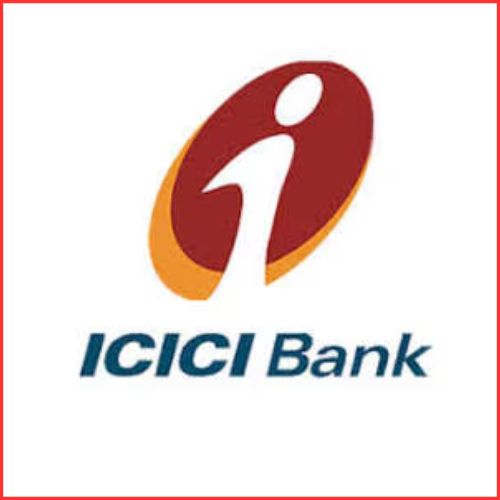The largest NBFC-MFI in India, CreditAccess Grameen, has agreed to a $200 million external commercial borrowing agreement with foreign banks and Indian bank overseas branches.
Twelve banks have already made promises totaling $160 million, with contributions from Taiwanese banks contributing 25%, Middle Eastern banks contributing 28%, and Indian banks’ foreign branches contributing the remaining amount. A green-shoe option to raise an additional $40 million is available, and it must be exercised within 120 days of the facility agreement’s date.
Standard Chartered Bank organised the transaction:
This is India’s fourth loan from the ECB and its first social loan to the microfinance sector. The Loan Market Association states that the social loan must adhere to CA Grameen’s Social Loan Framework, which specifies the use of proceeds, social development objectives, and governance. This framework is in line with the Social Loan Principles 2023. The Social Loan Framework from CA Grameen has received a second assessment from Sustainalytics, which found it to be impactful and credible.
The sole Mandated Lead Arranger, the sole Bookrunner, and the Social Loan Coordinator for this transaction are all Standard Chartered Bank. Given the overwhelmingly positive response to this proposal for an Indian Social Loan, Standard Chartered Bank and CA Grameen decided to increase the facility’s size to USD 200 million. Originally, the transaction was to be launched for USD 100 million.
The chief financial officer of CreditAccess Grameen, Mr. Balakrishna Kamath, commented on the accomplishment by saying, “The social loan facility marks the single largest international borrowing transaction in our journey. We were able to attract a large number of international banks that, through this transaction, had their first exposure to the Indian microfinance market thanks to our continuous performance history, outstanding asset quality, and best-in-class operating profitability. Being the biggest NBFC-MFI, the robustness and scalability of the liability profile are crucial to our goal of deliberately increasing our loan portfolio at a CAGR of 20–25% so that it will surpass INR 50,000 crore in the next four to five years. We have had success broadening our borrowing base across domestic and international markets and raising the proportion of long-term funds. We have a compelling case to attract ESG-linked funds from international institutions in the next few years because of our socially responsible business practises and outstanding ESG compliance.














